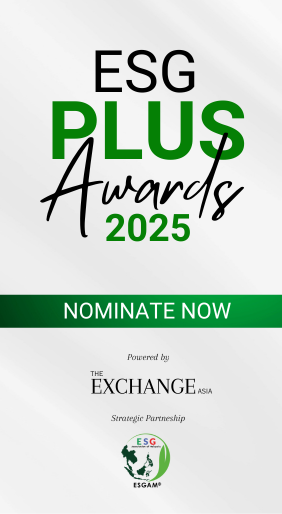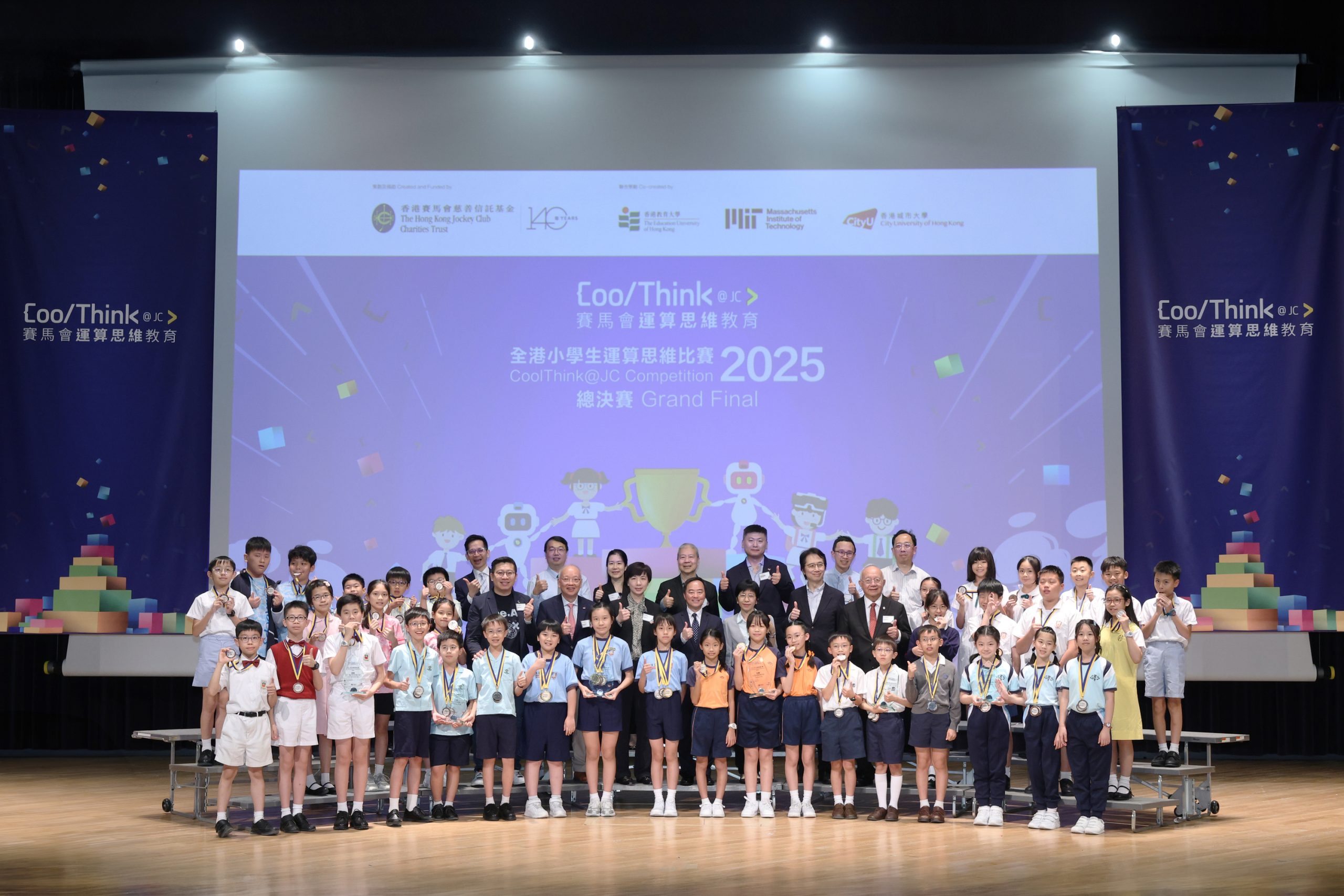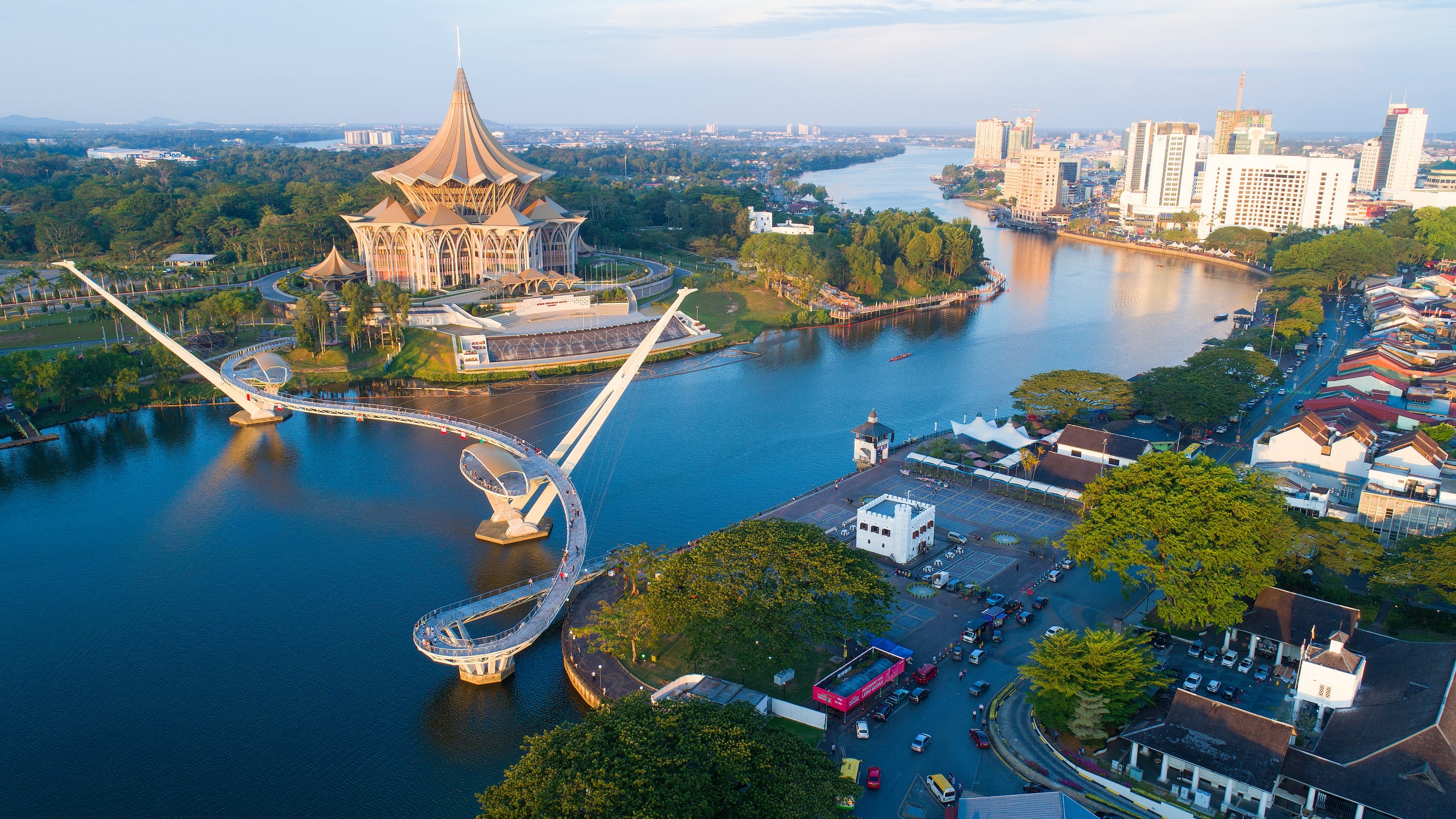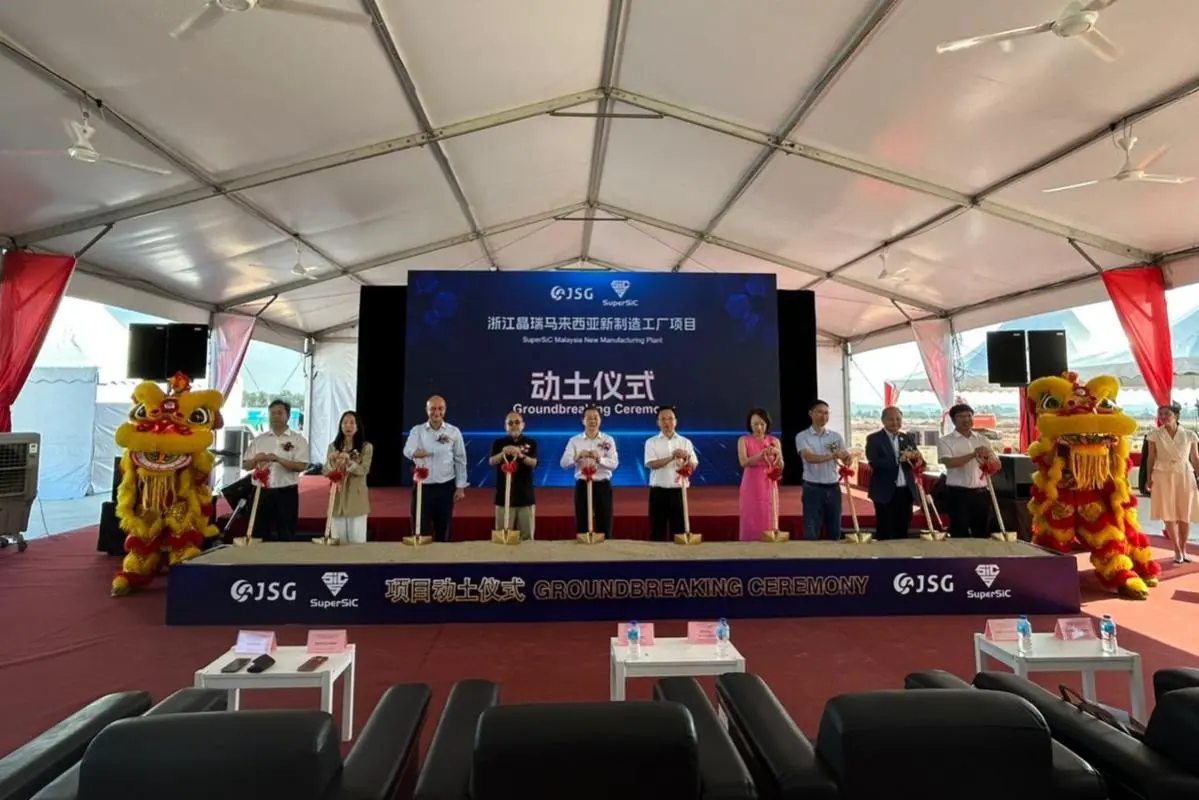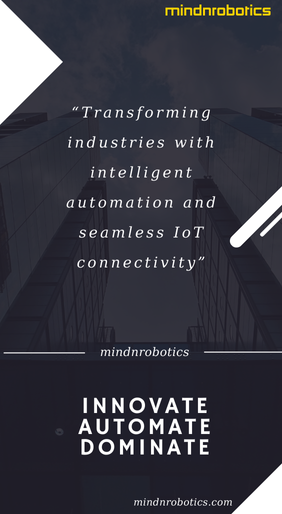KUALA LUMPUR: The topic of renewable and clean energy has been making headway in recent months, with automotive companies racing to roll out their EV cars, trucks and buses, as global acceptance continues to increase.

In Malaysia, the government launched the Hydrogen Economy and Technology Roadmap (HETR) in October 2023, highlighting the country’s plans and aspirations to become a regional leader in the renewable energy (RE) industry.
Spearheading this mission behind the scenes is NanoMalaysia Bhd, an agency operating under the Ministry of Science, Technology and Innovation (MOSTI) to develop innovative technologies revolving around the hydrogen economy.
According to NanoMalaysia Bhd Chief Executive Officer, Dr Rezal Khairi Ahmad, there has always been an interest in hydrogen energy solutions, going back as early as the 60s.
However, the usage of fossil fuels as a source of energy was already rising at the time and has remained a widely used commodity to this day since it is ‘faster and easier’ to get.
“Fossil fuel was considered cheap back then. When it’s cheap, people don’t care about the pollution it causes,” Dr Rezal commented.
This caused the hydroeconomy to experience several false starts. But now, the interest is back – so much so that the HETR launched by the government estimates that the industry will be worth over US$189.19 billion (RM824 billion) by 2050.
Dr Rezal revealed that NanoMalaysia drafted its own hydrogen roadmap that predated the one launched by the government. Because of this, the company was appointed as the lead consultant who engaged with various stakeholders to create the HETR – a subset of Malaysia’s National Energy Transition Roadmap (NETR).
“We were given the mandate because the government recognised one of our early investments in hydrogen technology in 2016, demonstrating that NanoMalaysia has the competency, the commercial know-how and market insights for us to draw up a comprehensive roadmap,” Dr Rezal explained.
The Energy Trilemma
According to Dr Rezal, the hydrogen economy revolves around the philosophy of the energy trilemma: accessibility, affordability and sustainability.
“Hydrogen checks all the boxes. It’s accessible because it is a resource that is available everywhere in everything around us (including biomass, domestic waste, hydrocarbon from fossil fuels, etc.) It is truly the people’s fuel,” Dr Rezal said.
He explained that while solar power is a non-solid energy that can be stored and utilised through solar batteries and solar panels, hydrogen typically comes in the form of gas that can also be harnessed and stored for long-term use through fuel cell technology, similar to fuel cell electric vehicle (EV) batteries.

“This could be an opportunity for the government to democratise access to energy. By doing so, we could mitigate the risks that could affect fuel prices, like geopolitical crises, which would end up victimising people like us,” Dr Rezal continued.
“We want to give the people the ability to generate hydrogen anytime, anywhere and store it for a long time right in your backyard, which you can’t do with fossil fuels,” he added.
Having that in mind, NanoMalaysia is working on developing the technology that could achieve just that, known as the electroliser (looks and functions similar to a water filter system) to decentralise hydrogen for personal use.
“We’ll first seed the idea of innovation of the hydrogen economy and we’ll bridge industry players with academic researchers to turn the idea into a commercial technology to benefit the people at large at an affordable price.
“The government, through us, will provide the catalytical nudge, allowing us to develop prototypes for us to make demonstrations to make the idea/technology investable for the private sector to take up,” Dr Rezal went on.
Currently, the hydrogen being widely produced is known as ‘dirty hydrogen’, which is extracted from fossil fuels and emits carbon dioxide (CO2), globally priced at US$1.5 (RM7.15) per kg.
He explained that the cleanest version of hydrogen is categorised as ‘turquoise hydrogen’ and can be produced through the process of pyrolysis, which is what Dr Rezal believes Malaysia should be looking into.
With further research and development, NanoMalaysia aims to provide turquoise hydrogen at only US$1 (RM4.75) per kg.
Through pyrolysis, NanoMalaysia can produce hydrogen without emitting CO2, turning it into a sustainable energy source.
“As it is now, the domestic waste being decomposed in landfills and dumping grounds produces biomethane where hydrogen can be extracted from. If we can leverage these sites and turn them into small-scale heavy production centres in various locations, it could cater as a sustainable energy source to the mass public, even in rural areas,” Dr Rezal opined.

The Hydrogen Hyper Reactor
Another one of NanoMalaysia’s innovations for the hydrogen economy is its patent-pending ‘hyper reactor’, which is hydrogen that has been transformed into a solid state.
Dr Rezal revealed that the hyper reactor has already been integrated into many of NanoMalaysia’s transportation prototypes to be used as demonstrations, to successfully commercialise this innovation in Malaysia.
“We are working with companies like Prasarana to allow them to plug a hyper reactor ‘battery’ into the testing vehicles to replace their fossil fuel engines. By doing this, we’re hoping to create more demand for this innovation,” Dr Rezal said.
He also mentioned that NanoMalaysia will be given 3 Toyota Mirai from BMW Mobility to conduct test runs on the car model for the next 2 years, demonstrating to the public how safe and economically viable hydrogen fuel is.
Additionally, the company is also communicating with numerous bus and truck companies to adopt fuel cell EVs (that utilise hydrogen) as early as October this year.
When asked about how hydrogen energy will disrupt the EV industry, Dr Rezal commented, “We are not rivalling the EV battery industry – we are supporting it. Our overarching target for EV is to reach 14% of total industry volume by 2030 and 38% by 2040.”
However, one of the main concerns that would significantly affect the success rate of hydrogen adoption is the public’s level of acceptance.
“There needs to be a gradual wean of processes and how you control the curve of demand to make it acceptable by all levels of stakeholders. That curve needs to be gradual. Maybe the government can start by reducing subsidies for fossil fuel, but increase subsidies for hydrogen or fuel cell EVs.
“At some point, the curve will reach an equal level and soon enough, hydrogen will become the preferred choice,” Dr Rezal opined.
“If done properly, the transition would be smoother, with enough education, awareness, demonstrations, demonstrations and more demonstrations within the next 6 years till 2030,” he concluded.

